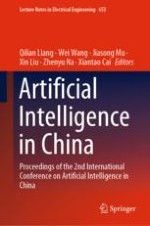2021 | OriginalPaper | Chapter
The Research on Disruptive Technology Identification Based on Scientific and Technological Information Mining and Expert Consultation: A Case Study on the Energy Field
Authors : Lucheng Lyu, Xuezhao Wang, Wei Chen, Xin Zhang, Xiaoli Chen, Xiwen Liu
Published in: Artificial Intelligence in China
Publisher: Springer Singapore
Activate our intelligent search to find suitable subject content or patents.
Select sections of text to find matching patents with Artificial Intelligence. powered by
Select sections of text to find additional relevant content using AI-assisted search. powered by
